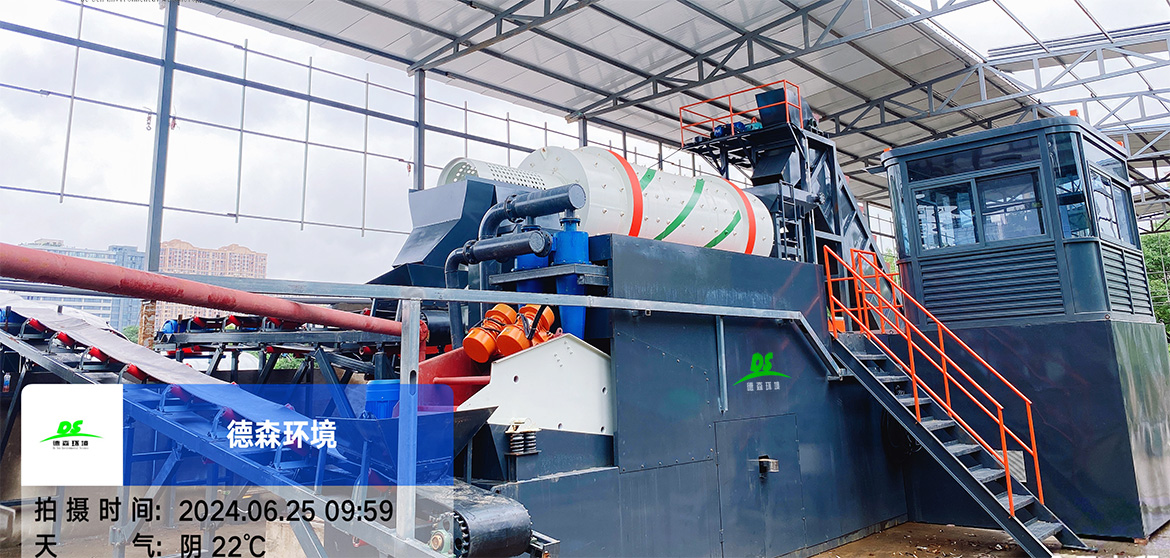Urban Trench Sludge Treatment: Desen’s Washing plant Solves Flooding and Waste Issues
Urban drainage systems accumulate trench sludge— a thick mix of sediment, oil, plastic, and industrial pollutants—over time. Left untreated, sludge clogs pipes, causing flooding during rains, seeping into groundwater, and wasting sand (which makes up 40–60% of sludge volume). Traditional solution
Urban drainage systems accumulate trench sludge— a thick mix of sediment, oil, plastic, and industrial pollutants—over time. Left untreated, sludge clogs pipes, causing flooding during rains, seeping into groundwater, and wasting sand (which makes up 40–60% of sludge volume). Traditional solutions involve vacuum trucks hauling sludge to landfills: this costs $50+ per cubic meter, risks spills, and squanders reusable resources. For municipalities struggling with aging infrastructure and tight budgets, this approach is unsustainable.

Desen’s trench sludge washing plant offers a **closed-loop, on-site solution** that cleans, recycles, and reduces waste. The process starts with a coarse drum screen (50 mm holes) removing large debris (bricks, plastic). Next, a biodegradable detergent breaks down oil and organic matter, while high-pressure jets separate sand from fine mud. Clean sand (impurity content ≤3%) is collected for municipal projects (e.g., sidewalk repair, greening), while fine mud goes to a belt filter press—reducing volume by 70% and producing dry cakes (moisture ≤60%) safe for landfill or soil amendment.
The plant’s water treatment module is key: wastewater undergoes sedimentation, activated carbon adsorption, and membrane filtration to remove pollutants. 80% of the water is reused for washing, while the rest meets discharge standards for municipal sewers. A Shanghai Pudong project demonstrates success: over 6 days, the plant processed 300 cubic meters of sludge, recovering 18 tons of sand (used for sidewalk repairs) and eliminating flooding by restoring 60% of pipe flow capacity. Project costs were 35% lower than traditional haul-and-landfill methods.





